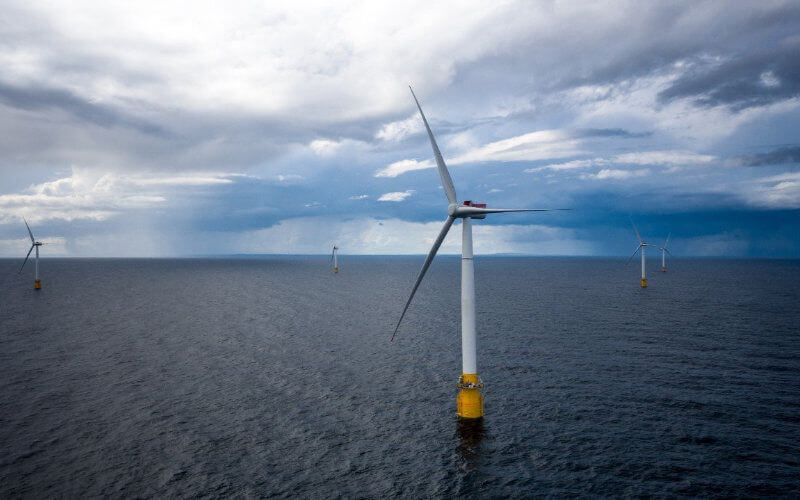World Bank Study Reveals Morocco’s Untapped Offshore Wind Energy Potential

The World Bank’s Energy Sector Management Assistance Program, in partnership with the International Finance Corporation, conducted an analysis on emerging offshore wind markets. The report of this study reveals that Morocco abounds with offshore wind potential.
Morocco has an offshore wind resource too attractive to be ignored. This is revealed by the report of a study carried out by the World Bank’s Energy Sector Management Assistance Program on emerging offshore wind markets. The analysis was carried out in partnership with the International Finance Corporation. Mark Leybourne, senior energy specialist at the World Bank, indicated in the report that the inclusion of hydrogen production from offshore wind can help avoid transmission problems. With this capacity, Morocco will become an exporter of electricity. "This could bring substantial economic benefits, especially if the European hydrogen market develops as expected," he specified.
Various areas of the western coast of Morocco, well suited to fixed-foundation offshore wind turbines, have been highlighted in the report. This is the southernmost region of the country, which has the potential to generate 11 GW, and the central region, with a potential production of 10 GW. The west coast of the kingdom, along the Atlantic Ocean, was also mentioned as having wind potential. It has excellent wind speeds in shallow and deeper waters suitable for offshore wind. "Offshore wind in Morocco could be exploited to support the decarbonization of industry in the country and could also be beneficial for the energy mix," explains Mark Leybourne, the World Bank’s senior energy specialist. The World Bank’s analysis also notes the presence of floating wind turbines off the north coast of Morocco, in the Mediterranean. These have the potential to generate 43 GW.
The analysis reveals the existence of access points to the grid near the potential development areas. It indicated that Morocco needs to strengthen its electricity transmission infrastructure in the cities of Rabat and Casablanca which have a high demand for electricity. The Kingdom could thus become one of the main energy exporters to certain European countries. At the end of 2019, Morocco’s renewable energy capacity reached 3,685 MW, including 700 MW of solar energy, 1,215 MW of wind energy and 1,770 MW of hydroelectricity. Four solar power plants and eleven wind farms contribute to this new renewable energy production.
Related Articles
-

Moroccan Workers Protest Unpaid Millions at Saudi Prince’s Palace in Tangier
3 September 2025
-

Ryanair Slashes Spanish Routes, Shifts Focus to Morocco and Italy Amid Airport Tax Hike
3 September 2025
-

Morocco Bolsters Air Force with 10 Cutting-Edge Caracal Helicopters from Airbus
3 September 2025
-

Marrakech Rattled: 4.5 Magnitude Aftershock Strikes as Reconstruction Efforts Forge Ahead
3 September 2025
-

Morocco’s High-Speed Rail Revolution: Casablanca Undergoes Massive Transformation for TGV Expansion
3 September 2025